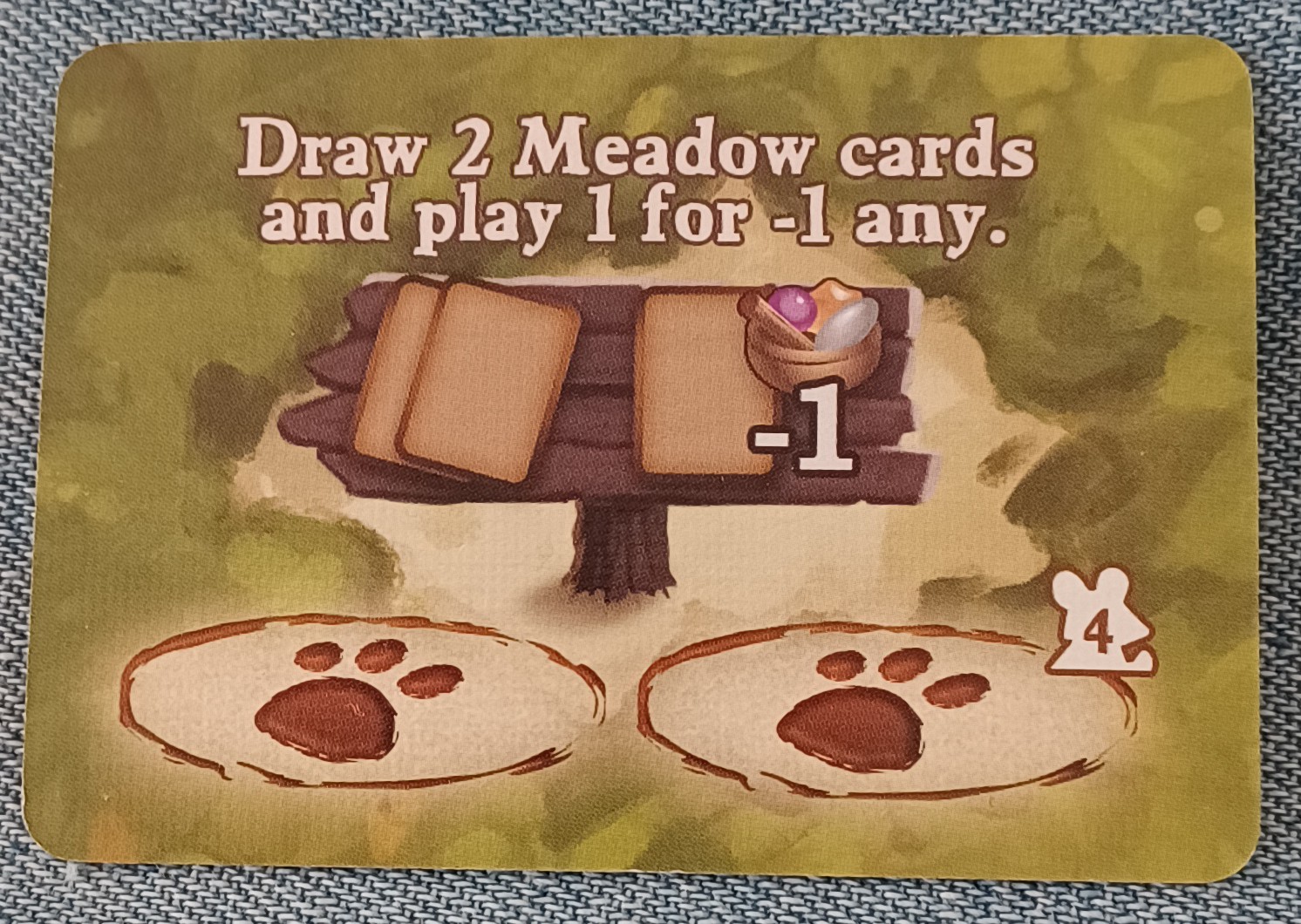
Introduction by Ancient Civilizations of the Middle East’s Game Developer, Fred Schachter: When ACME Designers Chris & Mark, as well as myself, first read in BGG James Lowry’s entertaining ACME Game After Action Report, we thought “Wow, wouldn’t this, with a bit of editing, be grand to share with InsideGMT’s audience?!?” and so this article came to be.
Hopefully, readers will enjoy the Ancient Civilizations of the Middle East gaming experiences of James and his three fellow ACME adventurers as they seek victory to become “The King of the Fertile Crescent”. What’s remarkable is that this was their first time playing the game! James has a wonderful blog covering gaming as well as a range of other topics of interest to gamers, so if you enjoy his ACME presentation, there’s more, much more, available at: www.rindis.com/blog
Incidentally, Ancient Civilizations of the Inner Sea, ACME’s predecessor, is available via GMT Games – Ancient Civilizations of the Inner Sea, as is Ancient Civilizations of the Middle East (ACME). See GMT Games – Ancient Civilizations of the Middle East for details as well as a wealth of other ACME material.
Now take it away James!
Back on the 25th of May (the day before Memorial Day), I had some people over to my home for FtF gaming. Patch was originally scheduled to attend so we could have a five-player game, but he couldn’t make it, thereby leaving me, Dave, Mark, and Jason to learn the rules for a four-player game of Ancient Civilizations of the Middle East.
It has been a while, but our group has played its brother game, Ancient Civilizations of the Inner Sea a few times and enjoyed it, so I figured this would be easy for us to get into. I panicked when I looked at the rules before everyone arrived that morning and realized I didn’t remember nearly as much as I thought I did. But once we were looking at the actual game spread out on the table, everything started coming back. Short of the new rules, we just needed to go through the details of conflict (again) and follow the sequence of play on the aid cards.
Mark and I had gone over the ACME Playbook ahead of time, and we decided upon the “Cyrus the Great” scenario as the only historical four-player scenario utilizing the full map. In hindsight, a more compact scenario would have been better, as we needed a bit of the board to save table space; notably my smallish table held the main board and our supplies of tokens fine enough, but we didn’t have a good place for the cards of available deities. The random draws for civilizations gave me the bullseye—I mean Babylon.
The scenario’s other civilizations use the game’s standard, somewhat compact, setups, but this scenario’s special rules grant Babylon the entire Fertile Crescent at the start of the game. The real changes in ACME from its ACIS predecessor are the terrain rules, and the game board’s green fertile areas are powerful, as instead of only growing with two-disk settlements, you can just have single disk camps and grow, or, best of all, have three disk cities to get VPs and growth disks.
With that setup, my initial growth was phenomenal, and only stalled later for a single turn, when a horde of barbarians came storming out of the deserts which kept me from having control of a bunch of fertile areas. After that, they were largely cleared out and my growth resumed to put me back from a poor board position to max out the number of disks in use. (Each civilization has fifty disks available for board position and growth, which then get sent back to stock by events played against you and competition. It’s very much like the stock in Tresham’s classic Civilization board game.)
Mark had the Medes & Persians to Babylon’s east and was a constant thorn in my side (as he should be). But I didn’t have a lot of other troubles, so while he got more powerful as the game went on, he could never really challenge me in the Fertile Crescent for longer than a turn at a time but progressively took control of areas just east of there. He also refused to join in on the initial rush to acquire a deity, so he didn’t get VPs that way, and at the end of Epoch III (which the scenario starts in), he was trailing well behind in points.
Dave had the Lydian Kingdom of the board’s northwest, and Jason Egypt, safely tucked in the board’s southeast with the Nile—the board’s other fertile area (but only five areas to the Tigris and Euphrates’ thirteen). To my relief, the two of them largely focused on each other, partially powered by Dave’s aggressively sea-oriented offensive strategy as he strove to gain a foothold on Egypt’s Mediterranean coast. I was more focused on pure growth and managing my frontiers at first, so Dave also took a lead in cities, followed closely by Jason, and I slipped into third place in VPs.
We broke for a late-ish lunch at the end of Epoch III, and Epoch IV saw the earlier conflicts come into ever-sharper focus. Mark was getting his act together and caught up to me in points (fueled by that bad turn with the barbarian invasion), and he started catching up to the other Civilizations as well. I swept away the Fertile Crescent’s barbarian invaders and concentrated on cities (and growth!) for a revival during the game’s last two turns that put me near the VP lead again, but I didn’t quite catch up to my rivals.
Both Epochs ended after three turns (it varies from two to four), and IV concluded with a Lydian (Dave -Blue disks) win with 36 VPs, followed by Egypt (Jason – Green Disks) at 34, Babylon (me – Light Colored Tan Disks) at 33, and the Medes & Persians (Mark – Red Disks) at 27 VP.
Presumably, a fourth turn could have favored me for a win, but the VP gain caused by twelve cities caught everyone’s attention, and with the borders of Egypt and the Lydians now truly at my doorstep in the west, I was looking at a lot of negative attention at that point. (On the other hand, you can see in the photo below that Dave was still dealing with the aftermath of two rounds of barbarians.) I had actually gambled on this turn to build as many cities as I could (and since my cities could generate growth and VPs it’s not the serious decision it is for everyone else) to get back in the lead. Sadly, I didn’t quite make it, and didn’t have the extra turn to carry the momentum forward.
I think I like the long, skinny map set up of ACIS better, and I don’t see enough difference between the wonder and deity mechanics for it to matter all that much save that an ACME civilization can have but a single deity. But the terrain mechanics (including desert and mountain, which are also important) really make ACME the better game in my view.
Certainly, all of us have enjoyed both “brothers”, ACIS and Ancient Civilizations of the Middle East, and they will see the table again. ACME has a wealth of scenarios and seventeen different civilizations, each with their own unique abilities (we didn’t leverage ours very well; too busy getting used to the flow of the game), and options for putting together any mix of them in non-historic scenarios. We’re really still just in the wading section of this game. Thanks for this gem of a game GMT!

We’d had comparatively few barbarians this game, but two turns of them in Anatolia had taken a severe toll on blue’s, Lydian home, which had been full of cities for almost all of Epoch III. Perhaps the most surprising board position is the VP markers. Nine VPs from first to last isn’t much, and I was surprised at how much the “pack” stayed together for the entire game.















